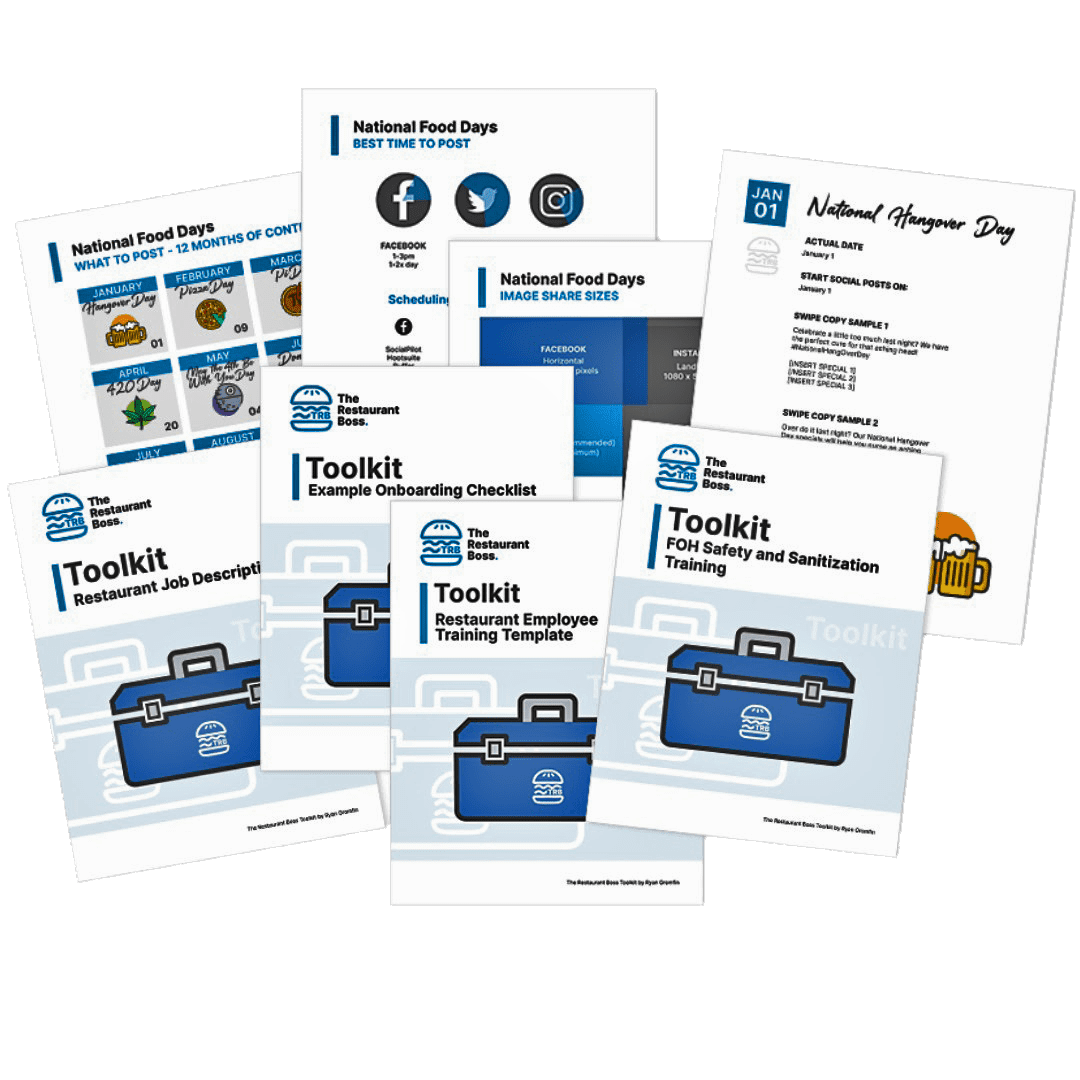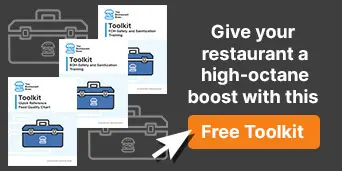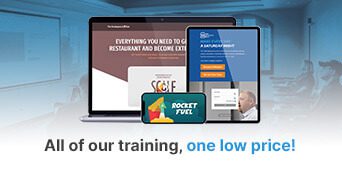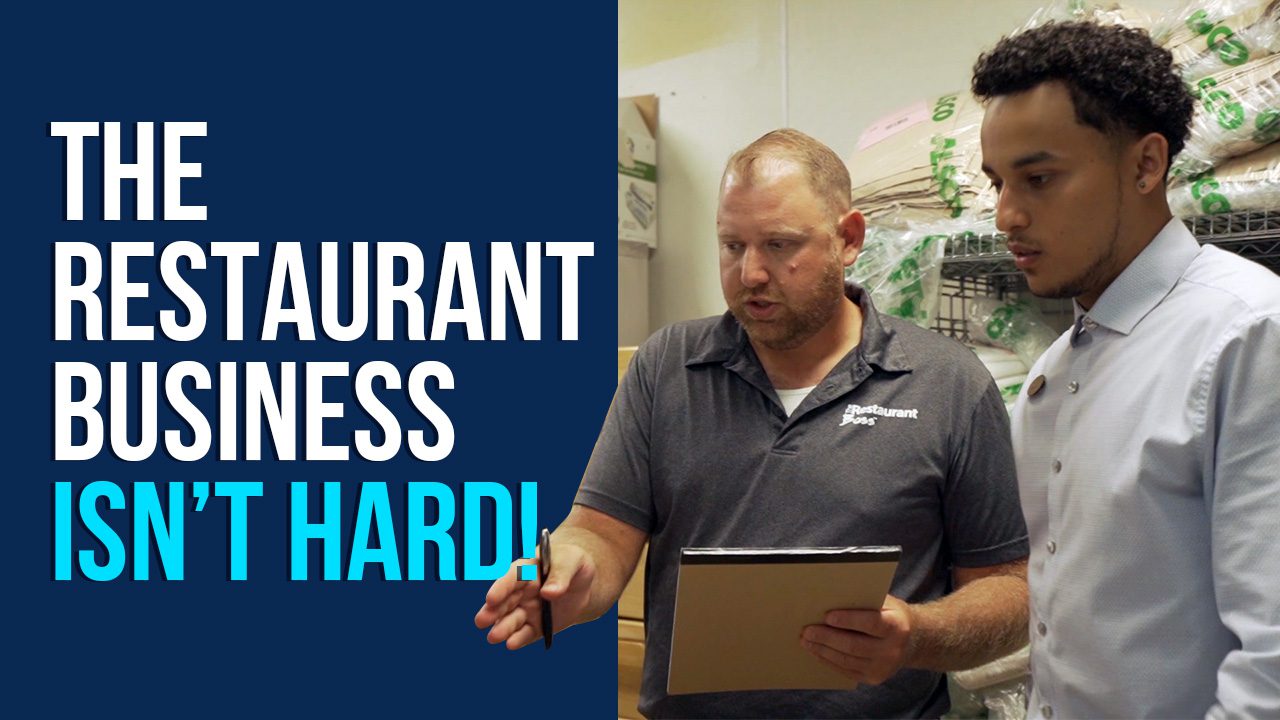How to Read a Restaurant P&L Statement
Summary
A great tool for managing your restaurant is a profit and loss statement but solely depending on it to run your business is not ideal. Watch this video as I show you how to use and read a P&L statement for your restaurant.
To learn more please either watch the video above, read the transcript or listen to the podcast below.
PODCAST
TRANSCRIPT
Read the Video Transcript by Clicking Here...
Introduction:
Today I want to teach you all about restaurant P&L’s (Profit and Loss Statement). It’s like a history book, it’s all the things that happened in the past. The past can sometimes be a great predictor of the future but it’s very hard to take action from this information and it’s impossible to change the past.
The P&L Statement:
If the P&L is a tool that tells us what happened in the past what do we do to tell us what’s happening right now and make changes to influence your targets? You may have a target cost of goods sold but if you wait for your P&L then find out that you missed it there’s really nothing you can do about it.
- First thing most important about a P&L is make sure you get a P&L by the 5th of the month so it’s as close to CURRENT as possible.
- Don’t use a P&L to run your business – it’s a history book, USE A BUDGET. Set up a budget based on how much you think you’re going to do in sales, what percentage of your sales are food, beverage, liquor etc.. and what’s your target food, beverage, liquor cost. Then you can figure out how much you can purchase based on that target food cost and then you can track it on a daily basis and know where you’re going.
ClickBACON is a fantastic piece of inexpensive software that can help you with this.
How to Read a P&L Statement:
Most P&L’s are going to be divided into four major categories then the subcategories:
- The first major category is Sales(Income). This is going to come at the top and this is always a percentage of 100%. This is where you’re going to break down your sales by different categories. People can get confused and put things like department sales or catering. A department has nothing to do with sales because catering is made up of food, beverage, beer, wine and liquor. You’re never going to get an accurate cost of goods sold if your Sales or Income categories don’t match your Cost of Goods Sold categories.
- The second major category are going to be your Controllable Expenses (or Prime Cost) which are Cost of Goods Sold and Labor (subcategories):
- Costs of Goods Sold – which is the cost of something that you sell. This is not broken down into a percentage of 100%.
- Labor – we break down labor by the straight labor cost, taxes, benefits and insurance which gives us a total payroll cost.
- Direct Operating Expenses – is a semi fixed expense because they’re influenced by sales but not directly. It’s not a cost of goods sold or something we sell, but its part of sales. For example, you don’t sell janitorial supplies or to-go containers but the busier you are the more you’re going to use. Also, you don’t sell a credit card fee but the busier you are the more you’re going to incur.
- Fixed Operating Expenses – are expenses that have nothing to do with how busy you are. In this category we have Occupancy Expenses and Fixed Expenses (subcategories). These are the expenses that literally do not change based on anything like rent, cable, POS fees, alarm or Pest Control.
Then what we’re going to end up with is going to be our totals for each category, our total expenses, total sales and then our profit or loss.
That is how you read a restaurant P&L or restaurant profit and loss statement.
Read More
Running a Restaurant Isn't Hard
The #1 complaint in restaurant management is poor employee performance. If you’re not following this simple 5-step plan to train your employees, you’re never going to get the results that you want from them …ㅤㅤㅤ
Busy Is Killing Your Restaurant
Are you busy? There are things you’re doing all day, every day in your restaurant and it’s those things that are going to put you out of business. There are 4 things you can do today to battle the busy inside your restaurant …
Follow For More:







